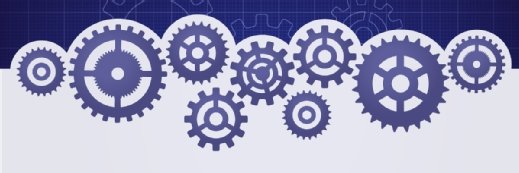
Getty Images
How RPA can simplify the onboarding process
Onboarding an employee is always hectic, and RPA can help with required employee paperwork and payroll information. Learn the other benefits RPA can bring to onboarding.
Robotic process automation can help companies with onboarding, a process that is critical to a positive employee experience. Employee experience is a major factor for retaining employees in the current marketplace.
RPA bots can help simplify and automate many of onboarding's manual aspects, freeing up HR's workload. They can also improve the onboarding process for employees. Potential tasks for bots include creating user accounts and processing payroll data.
Here's a look at the RPA implementation process as well as a few ways RPA bots can help with onboarding.
How RPA implementation works
IT can lead RPA projects alongside HR, or HR can take the lead themselves. When implementing onboarding bots, IT usually begins by going over the challenges of the onboarding process with HR. HR should review each part of onboarding and examine the time spent on each step. This will help ensure the bots provide the biggest potential return on investment.
Next, IT and HR create a roadmap of RPA bots, prioritizing the most time-consuming manual tasks.
In many cases, a specialized systems integration partner that has previously worked with RPA bots will also help with the RPA implementation. IT checks that the specialist is meeting company standards, while HR sponsors the initiative and provides subject matter expertise about onboarding details and related HR processes.
HR team members who are responsible for onboarding typically execute the bots, but they can also schedule the bots if needed.
Potential RPA uses in onboarding
RPA can help HR with various onboarding processes. Here are a few.
Checking for incomplete or overdue tasks
Tracking a new employee's tasks and discovering incomplete or overdue items is very important during onboarding. A bot can scan an onboarding checklist inside or outside an onboarding system, then identify missing tasks like I-9 verification and notify HR as well as the new hire. This can help prevent compliance issues or even fines.
Mass hiring into the HRIS
A bot uploading or inputting new hire data could particularly help organizations that hire a large amount of employees at one time and companies whose onboarding system isn't integrated with the human resource information system (HRIS). Hiring is often repetitive, making it a good fit for a bot.
Triggering onboarding tasks
New employees may need an ID card, desk assignment or items like a uniform or laptop. A bot can perform the data entry required in the target systems to start these processes.
Creating system user accounts
Some onboarding systems can integrate with other systems to create user accounts, but not all onboarding systems can do so. A scheduled bot can scan for new hires, create the account in the target system and update the status in the onboarding system. This saves time for both HR and IT.
Processing payroll data
Banking information or other payroll data may be located in PDF forms or an onboarding system that isn't integrated with the payroll system. A bot can read specific forms or onboarding screens and enter that data into the payroll system, saving the payroll administrator from having to enter data twice. A bot carrying out this task could also prevent data entry errors.
RPA uses to avoid in onboarding
While RPA bots can carry out various onboarding tasks, humans should take responsibility for others.
For example, a bot completing and submitting an E-Verify check is potentially a breach of system access rules, since E-Verify typically only allows users to log in with their own account. Keep the process manual or use an onboarding system that has E-Verify web services integration.








